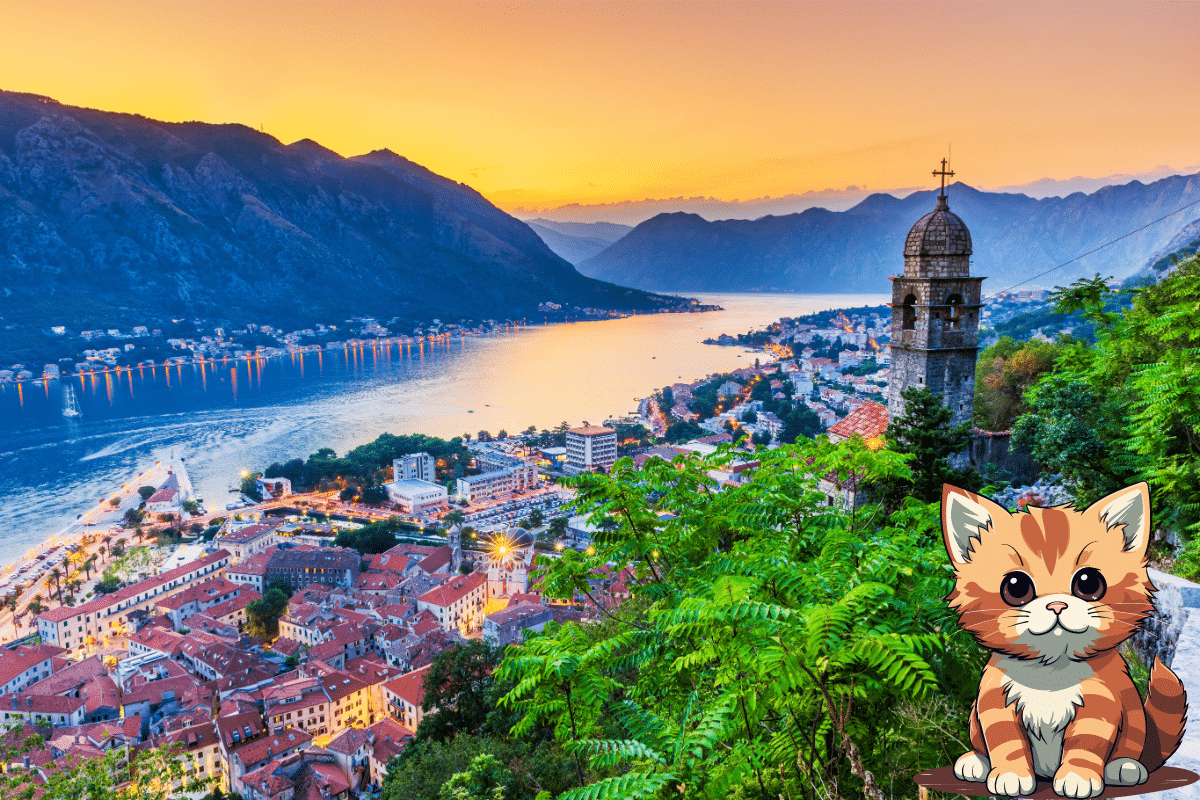

Though there was a great influx of new ideas, an increase in foreign trade and a scientific revolution, preservation of foods remained traditional: preserved by drying, salting, and smoking or pickling in vinegar. Spices that previously had been prohibitively expensive luxuries, such as pepper, cinnamon, cloves, nutmeg, and ginger, soon became available to the majority population, and the introduction of new plants coming from the New World and India like maize, potato, sweet potato, chili pepper, cocoa, vanilla, tomato, coffee, and tea transformed European cuisine forever. The discovery of the New World, the establishment of new trade routes with Asia and increased foreign influences from sub-Saharan Africa and the Middle East meant that Europeans became familiarized with a multitude of new foodstuffs. 1500–1800) was a mix of dishes inherited from medieval cuisine combined with innovations that would persist in the modern era. While common in the warmer climates of Southern Europe, lemons would have been a relatively new introduction to the Netherlands, requiring growing in a orangery. 1500–1800) Still life with a peacock pie, 1627, by Dutch artist Pieter Claesz, showing various dishes from the 17th century including roast meat, breads, nuts, wine, apples, dried fruits, along with an elaborate meat pie decorated like a peacock.


 0 kommentar(er)
0 kommentar(er)
